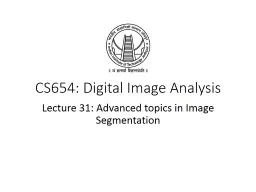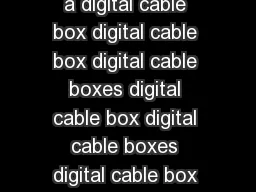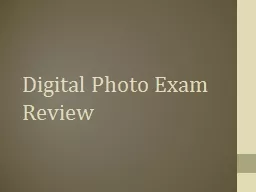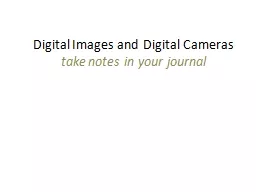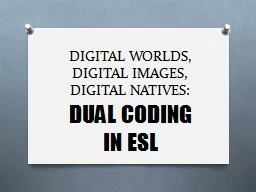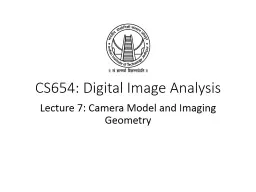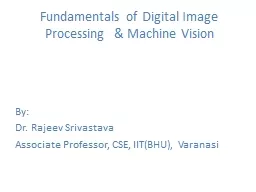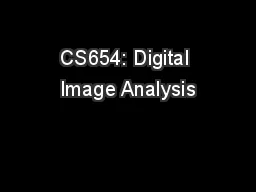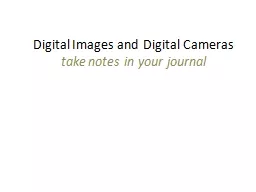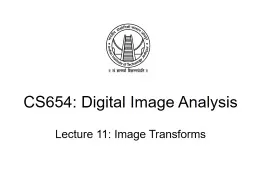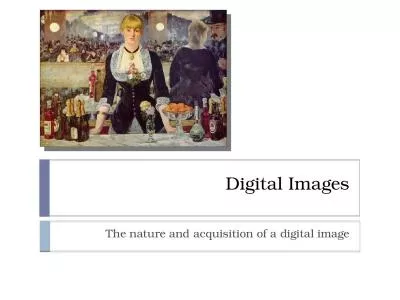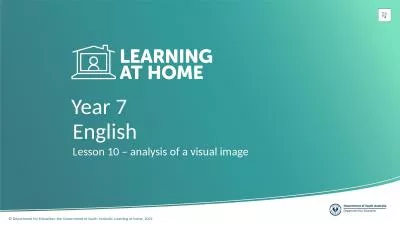PPT-CS654: Digital Image Analysis
Author : faustina-dinatale | Published Date : 2016-07-09
Lecture 28 Advanced topics in Image Segmentation Image courtesy IEEE IJCV Recap of Lecture 27 Clustering based Image segmentation Mean Shift Kernel density estimation
Presentation Embed Code
Download Presentation
Download Presentation The PPT/PDF document "CS654: Digital Image Analysis" is the property of its rightful owner. Permission is granted to download and print the materials on this website for personal, non-commercial use only, and to display it on your personal computer provided you do not modify the materials and that you retain all copyright notices contained in the materials. By downloading content from our website, you accept the terms of this agreement.
CS654: Digital Image Analysis: Transcript
Download Rules Of Document
"CS654: Digital Image Analysis"The content belongs to its owner. You may download and print it for personal use, without modification, and keep all copyright notices. By downloading, you agree to these terms.
Related Documents

